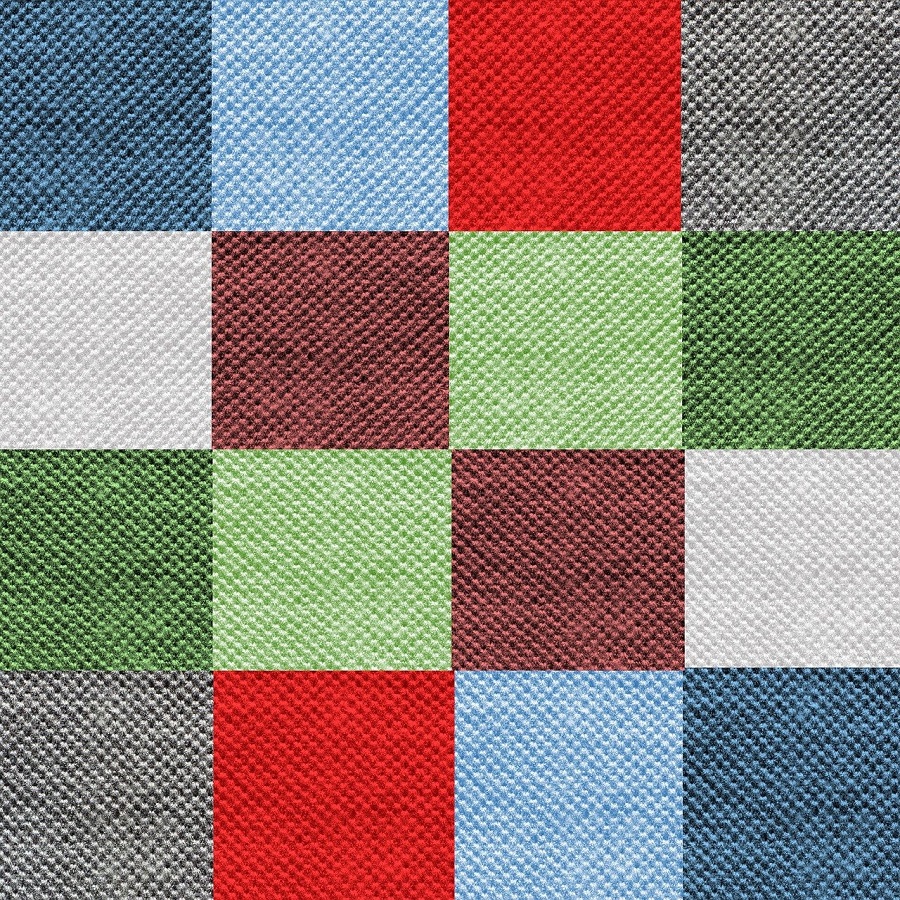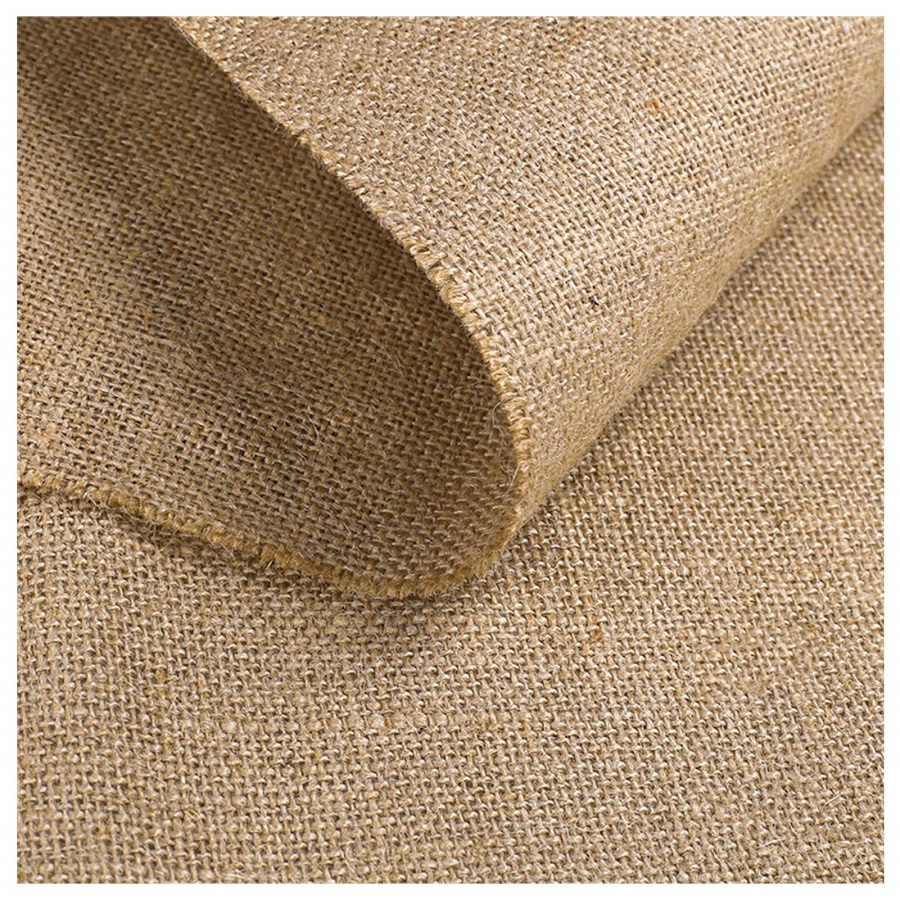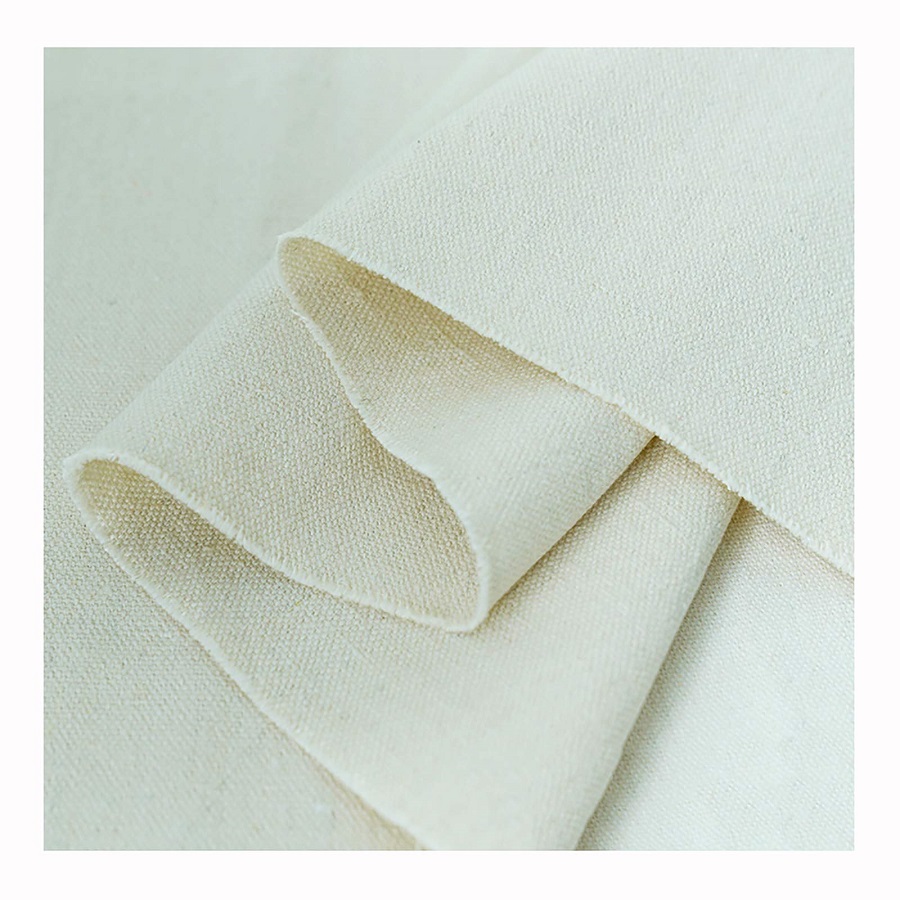Coarse fabrics are a fascinating and often underappreciated category of textiles. Known for their distinctive textures and durability, these fabrics play a significant role in various industries and applications. In this article, we will explore the characteristics of coarse fabrics, their benefits, common uses, and tips for care and maintenance.
What Are Coarse Fabrics?
Definition and Characteristics
Coarse fabrics refer to textiles made from fibers that are thicker and have a more textured surface compared to finer fabrics. These textiles can be composed of natural fibers, such as cotton or linen, or synthetic fibers like polyester. The defining characteristic of coarse fabrics is their substantial weight and durability, often making them ideal for specific applications where strength is necessary.
Coarse fabrics typically have a loose weave or knit structure, contributing to their rough texture. This can be advantageous in many contexts, such as creating a barrier against wear and tear. Additionally, the thickness of these fabrics can contribute to insulation properties, making them suitable for colder climates.
Types of Coarse Fabrics
Several types of coarse fabrics are commonly used in various products. Some popular examples include canvas, burlap, and denim.
- Canvas: Made from cotton or a blend of fibers, canvas is often used for making tents, backpacks, and shoes. Its durability and ability to withstand heavy use make it a preferred choice for outdoor equipment.
- Burlap: Also known as hessian, burlap is made from jute or sisal fibers. It is primarily used in agriculture for sacks and packaging, as well as in home decor for rustic aesthetics.
- Denim: A type of twill weave fabric, denim is typically made from cotton and is known for its ruggedness. It is most commonly associated with jeans and workwear.
Understanding these types of coarse fabrics can help consumers choose the right material for their specific needs.

Benefits of Coarse Fabrics
Durability and Longevity
One of the primary advantages of coarse fabrics is their durability. These fabrics are designed to withstand wear and tear, making them suitable for products that see heavy use. For instance, canvas tents can endure harsh weather conditions, while denim jeans are often worn for years without showing significant signs of damage.
The longevity of coarse fabrics means they can be more cost-effective in the long run. Although they may have a higher initial price point, their durability reduces the need for frequent replacements, ultimately saving money for consumers.
Versatility in Applications
Coarse fabrics are remarkably versatile and can be used in a wide range of applications. From clothing to home goods and outdoor gear, these fabrics serve various purposes.
For example, canvas is not only used for bags but also for art canvases, ensuring its place in both functional and creative industries. Burlap’s rustic appearance makes it popular for wedding decor, while denim has become a staple in casual fashion.
This versatility means that consumers can find coarse fabrics in nearly every sector, making them an essential component of modern life.
Common Uses of Coarse Fabrics
Clothing and Fashion
Coarse fabrics are widely used in the clothing industry, particularly for casual and workwear. Denim, for instance, is a cornerstone of modern fashion, with jeans and jackets being ubiquitous in wardrobes around the world.
In addition to denim, other coarse fabrics like canvas are often used for summer clothing, such as shorts and shirts. These fabrics are breathable, making them suitable for warm weather while offering enough strength for daily wear.
Home Textiles and Decor
In home decor, coarse fabrics play a vital role. From upholstery to curtains and cushions, these materials provide both functionality and aesthetic appeal. Canvas and burlap are often chosen for their rustic look, making them perfect for farmhouse-style interiors.
Moreover, coarse fabrics can enhance the durability of household items. For example, a burlap table runner can withstand spills and wear better than finer fabrics, making it a practical choice for dining areas.
Outdoor Gear and Equipment
The outdoor industry heavily relies on coarse fabrics due to their durability and resistance to the elements. Canvas tents, for instance, are favored for camping because they can withstand rain, wind, and other harsh conditions.
Additionally, bags made from coarse fabrics, such as backpacks and messenger bags, are designed for strength and longevity. Their ability to hold weight without tearing makes them ideal for hikers and travelers who need reliable gear.

Care and Maintenance of Coarse Fabrics
Washing and Cleaning Tips
Caring for coarse fabrics is relatively straightforward, but specific guidelines can enhance their longevity. Most coarse fabrics, like denim and canvas, can be machine washed, but it’s essential to follow the manufacturer’s instructions.
For denim, washing in cold water helps preserve color and prevent shrinkage. Similarly, canvas can be washed with mild detergents to maintain its integrity. Avoiding bleach or harsh chemicals is crucial, as these can weaken the fibers over time.
Storing Coarse Fabrics
Proper storage of coarse fabrics can extend their life. For items like bags and outdoor gear, storing them in a cool, dry place prevents mold and mildew growth. Avoiding direct sunlight can also help maintain the color and texture of the fabric.
For clothing, folding or hanging items in a well-ventilated area is advisable. Coarse fabrics may retain odors more than finer fabrics, so ensuring they are completely dry before storage is essential to prevent mustiness.
The Environmental Impact of Coarse Fabrics
Sustainable Options
As the awareness of environmental issues grows, so does the demand for sustainable textiles. Coarse fabrics made from natural fibers, such as organic cotton or jute, present an eco-friendly alternative. These materials are biodegradable and often require less water and chemicals during production.
Additionally, many brands are now focusing on sustainable practices in their manufacturing processes. This includes using recycled materials for coarse fabric, which not only reduces waste but also provides consumers with environmentally responsible choices.
Recycling and Disposal
When it comes to disposal, coarse fabrics can often be recycled or repurposed. Many textile recycling programs accept items like denim and canvas, allowing them to be transformed into new products rather than ending up in landfills.
Consumers can also get creative by repurposing coarse fabric into DIY projects. Old denim can be turned into tote bags or quilts, while burlap can be used for garden projects or home decor.
Innovations in Coarse Fabrics
Advancements in Technology
The textile industry continues to evolve, with advancements in technology leading to the development of new types of coarse fabrics. Innovations such as water-resistant coatings or UV protection can enhance the functionality of these textiles.
For example, some outdoor gear now incorporates treated canvas that repels water while maintaining breathability. These innovations cater to the growing demand for performance textiles that can withstand various conditions.
Future Trends
Looking ahead, the trend towards sustainability and performance in coarse fabrics is expected to grow. As consumers become more environmentally conscious, manufacturers will likely focus on developing eco-friendly materials that do not compromise on durability or functionality.
Additionally, the blending of coarse and fine fabrics may become more prevalent, offering consumers a unique combination of texture and comfort in various products.

Conclusion
Coarse fabrics are more than just a durable textile choice; they encompass a wide array of benefits and applications that impact everyday life. From clothing to home decor and outdoor gear, these fabrics offer versatility, durability, and aesthetic appeal. Understanding their characteristics and proper care techniques can help consumers make informed choices, ensuring their products last longer while also considering the environment.
As technology advances and consumer preferences evolve, the future of coarse fabric looks promising, with sustainable options and innovative designs on the horizon. Whether you’re purchasing a sturdy bag, a stylish pair of jeans, or decorative home textiles, coarse fabrics are sure to continue playing a vital role in our lives.









